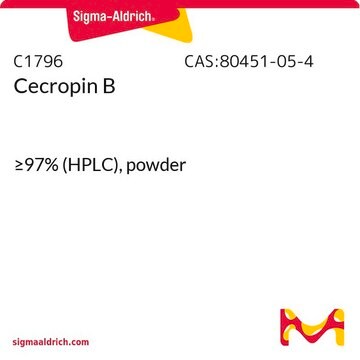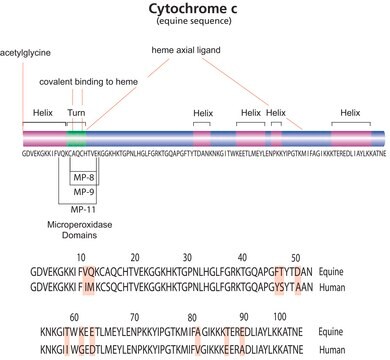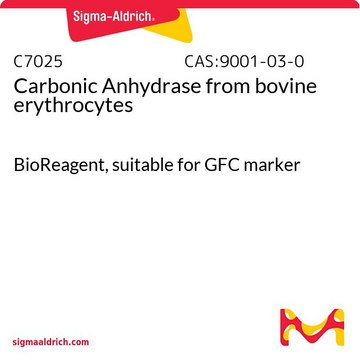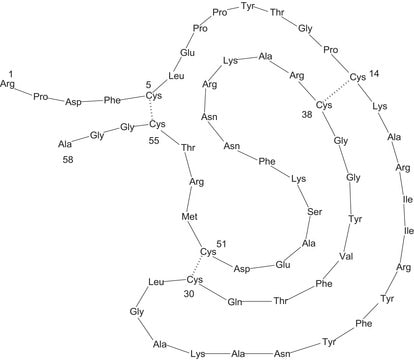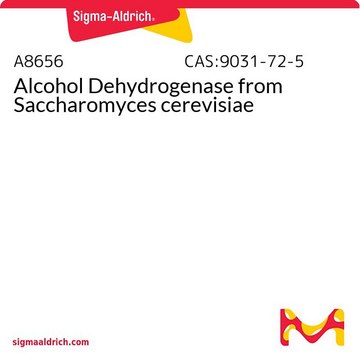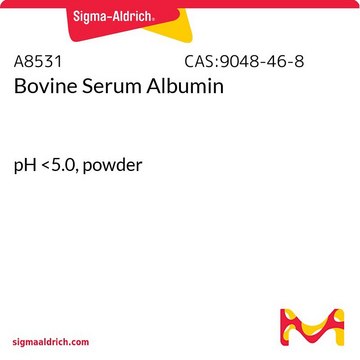C7150
Citocromo c from equine heart
BioReagent, suitable for GFC marker
Sinónimos:
Citocromo c from horse heart
About This Item
Productos recomendados
Línea del producto
BioReagent
Nivel de calidad
Formulario
powder
mol peso
~12,400
envase
vial of ≥10 mg
idoneidad
suitable for GFC marker
temp. de almacenamiento
−20°C
¿Está buscando productos similares? Visita Guía de comparación de productos
Aplicación
Acciones bioquímicas o fisiológicas
Otras notas
¿No encuentra el producto adecuado?
Pruebe nuestro Herramienta de selección de productos.
Aplicación
Código de clase de almacenamiento
11 - Combustible Solids
Clase de riesgo para el agua (WGK)
WGK 3
Punto de inflamabilidad (°F)
Not applicable
Punto de inflamabilidad (°C)
Not applicable
Equipo de protección personal
Eyeshields, Gloves, type N95 (US)
Elija entre una de las versiones más recientes:
¿Ya tiene este producto?
Encuentre la documentación para los productos que ha comprado recientemente en la Biblioteca de documentos.
Los clientes también vieron
Protocolos
Gel Filtration Markers Kit for Protein Molecular Weights 12,000-200,000 Da
Chromatograms
application for HPLCapplication for HPLCapplication for HPLCNuestro equipo de científicos tiene experiencia en todas las áreas de investigación: Ciencias de la vida, Ciencia de los materiales, Síntesis química, Cromatografía, Analítica y muchas otras.
Póngase en contacto con el Servicio técnico